Deciphering the Optimal Fixing Angle Model: An Exhaustive Blueprint
Fixing angles—those unsung heroes of construction also dubbed foundation bolts or anchor bolts—stand as the bedrock of machinery installation and structural integrity. Your selection doesn’t merely impact immediate stability; it orchestrates the symphony of longevity and dictates maintenance expenditures down the road. We’re about to embark on a methodical exploration of fixing angle selection, arming you with practical wisdom for tackling real-world conundrums with unwavering confidence.
I. Decoding the Taxonomy of Fixing Angles
Fixing angles manifest in diverse incarnations, each tailored for distinct applications:
Stationary fixing angles: Engineered to permanently marry equipment to foundations with unyielding commitment.
Maneuverable fixing angles (aka Long Foundation Bolts): Crafted for impermanent installations where colossal machinery endures relentless tremors and impacts.
Expansion Anchors: Predominantly harnessed for anchoring modest, immobile apparatus or peripheral devices.
Adhesive fixing angles: The newcomers to this arena, echoing expansion anchors but flaunting greater adaptability during installation.
Beyond functional categorization, fixing angles flaunt varied silhouettes—L-shaped, 9-shaped, U-shaped embedded varieties, alongside their welded counterparts.
II. Critical Parameters for Fixing Angle Evaluation
1. Thread Diameter: The Load-Bearing Cornerstone
A fixing angle’s thread diameter constitutes the pivotal determinant of its weight-supporting prowess. The spectrum spans from M6 through M30, with burgeoning diameters corresponding to amplified load capacities. Your selection hinges on the heft, dimensions, and stress landscape of your target equipment:
- M6 and M8: Ideal companions for diminutive furnishings like shelving units and pull-out compartments.
- M10 and M12: The workhorses suitable for medium to substantial furniture pieces—tables, seating, armoires, and bookshelves.
- For industrial behemoths or structural colossi like machine foundations and tower anchoring, gravitate toward M16 or its burlier brethren.
2. Thread Length: Precision Matters
Thread length determination necessitates scrutiny of the material thickness being secured and requisite penetration depth. The golden rule? Thread length should surpass material thickness while avoiding excessive protrusion that breeds waste and needless complications. Typical measurements range from a modest 50mm to an imposing 2000mm, with precise selection contingent upon project specifications.
3. Material Composition and Surface Enhancement
Material selection and surface treatments profoundly sculpt performance trajectories and lifespan expectations for fixing angles. Predominant materials encompass:
Carbon steel variants: Boasting formidable strength and resilience yet limited corrosion resistance—perfect for arid environments.
Stainless steel iterations: Champions of rust resistance despite moderate strength profiles—tailor-made for moisture-laden or corrosive settings.
Surface enhancements like hot-dip galvanization bestow superior rust defiance and extended service intervals, while untreated alternatives offer cost efficiency at the expense of corrosion vulnerability.
4. Dimensional Harmony
A fixing angle’s dimensions must harmonize with the leg diameter of the furniture or equipment being anchored. Common dimensional offerings include 40mm, 50mm, and 60mm. Achieving snug alignment between fixing angle and leg diameter fortifies stability and operational reliability.
III. Methodical Framework for Fixing Angle Selection
- Crystallize Requirements: Meticulously identify the weight, dimensions, stress patterns, and operational milieu of your target structure.
- Quantify Load-Bearing Demands: Based on equipment mass and stress dynamics, pinpoint appropriate thread diameter and length specifications.
- Material and Treatment Deliberation: Select materials with corrosion resistance calibrated to your environment, complemented by surface treatments aligned with your rust-prevention ambitions.
- Dimensional Verification: Confirm that fixing angle measurements dovetail precisely with equipment leg diameters.
- Standards Adherence: Throughout selection and implementation phases, consult relevant national and industry benchmarks to ensure fixing angle quality and performance compliance.
Pictures:
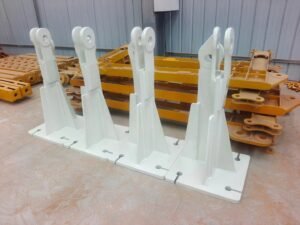
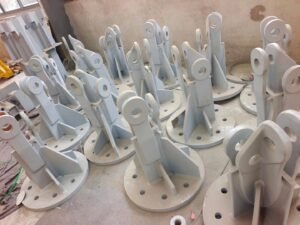
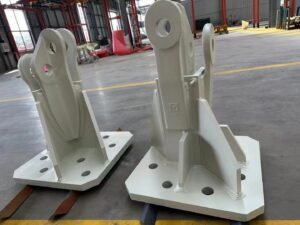
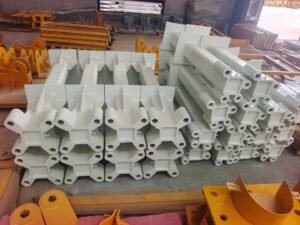
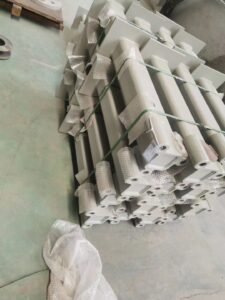
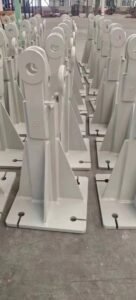

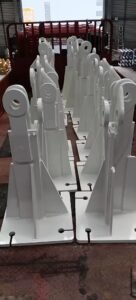
"Theo dõi nhanh"
Thương hiệu cẩu tháp
Công suất cẩu tháp
![]()





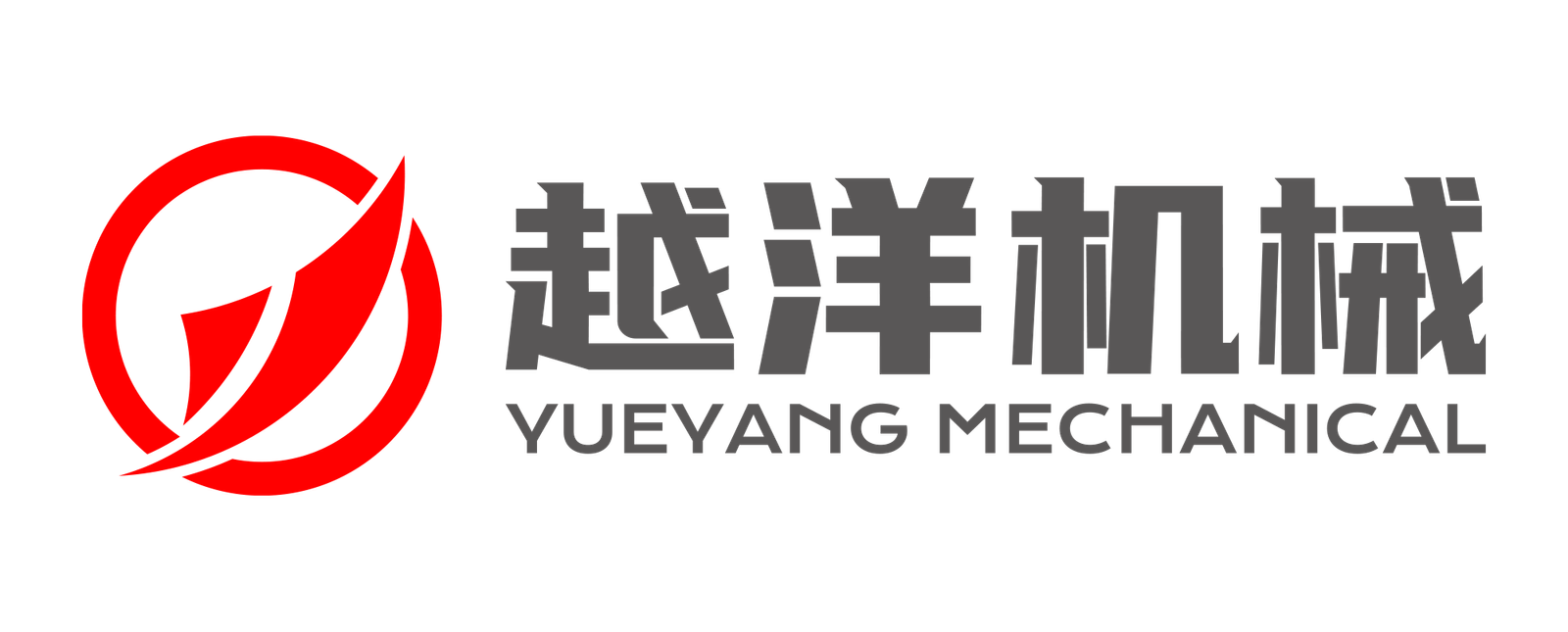
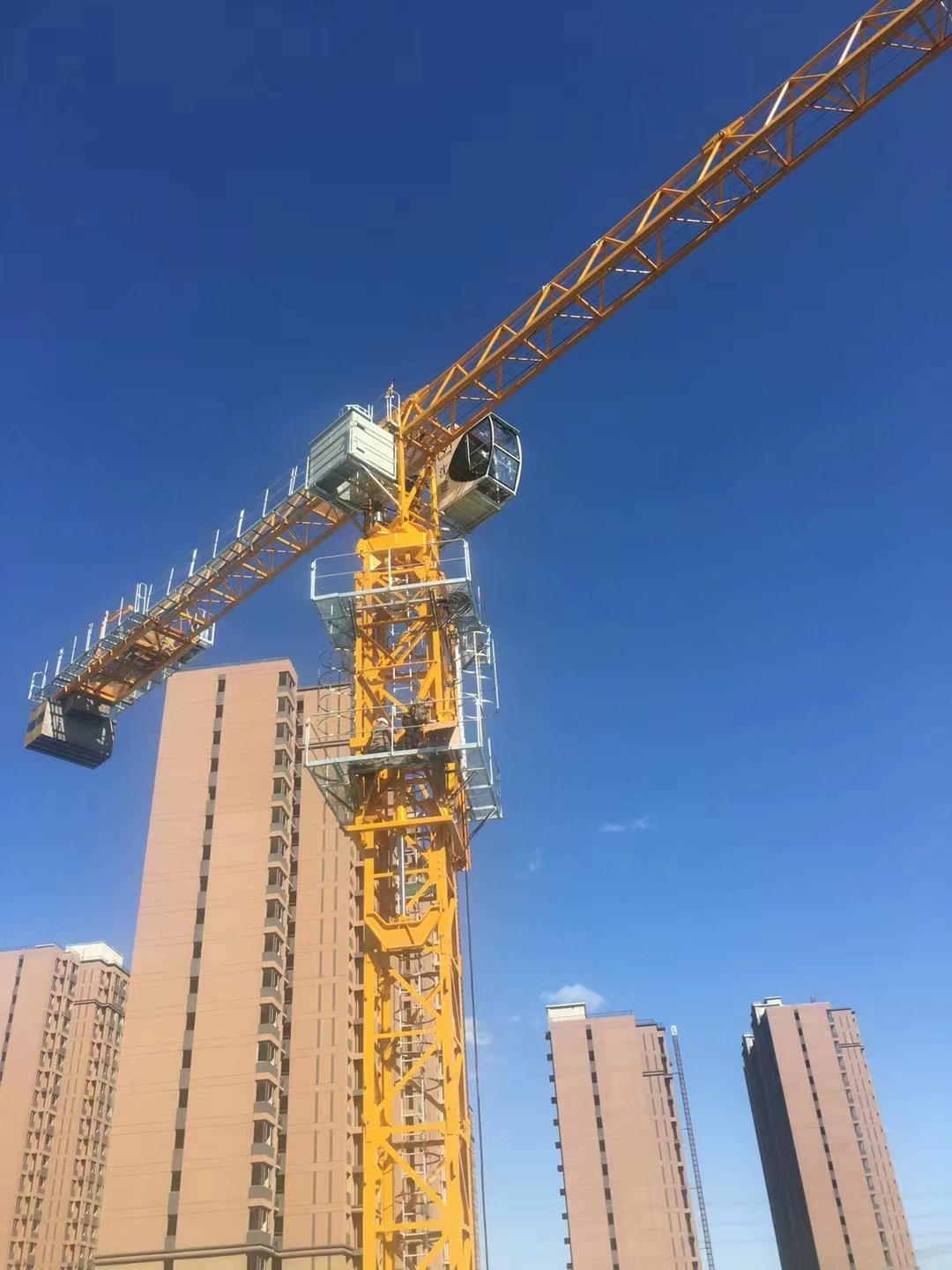
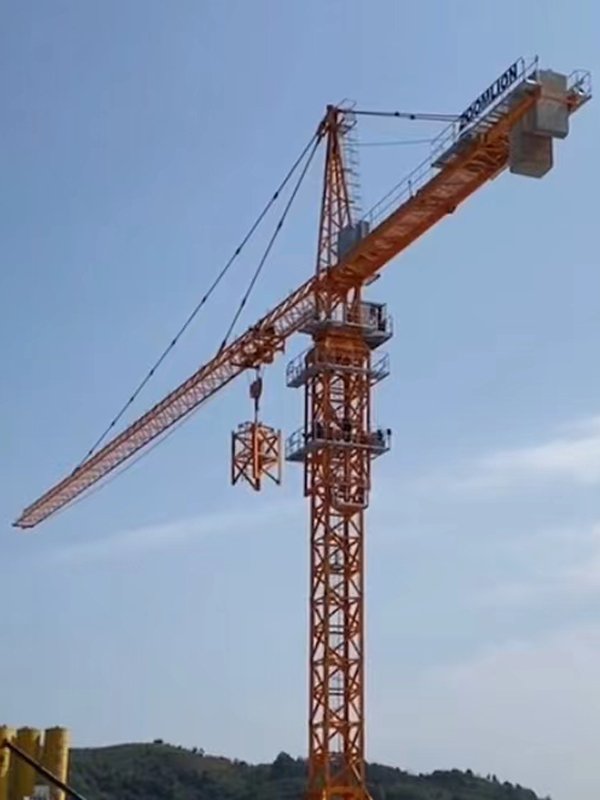
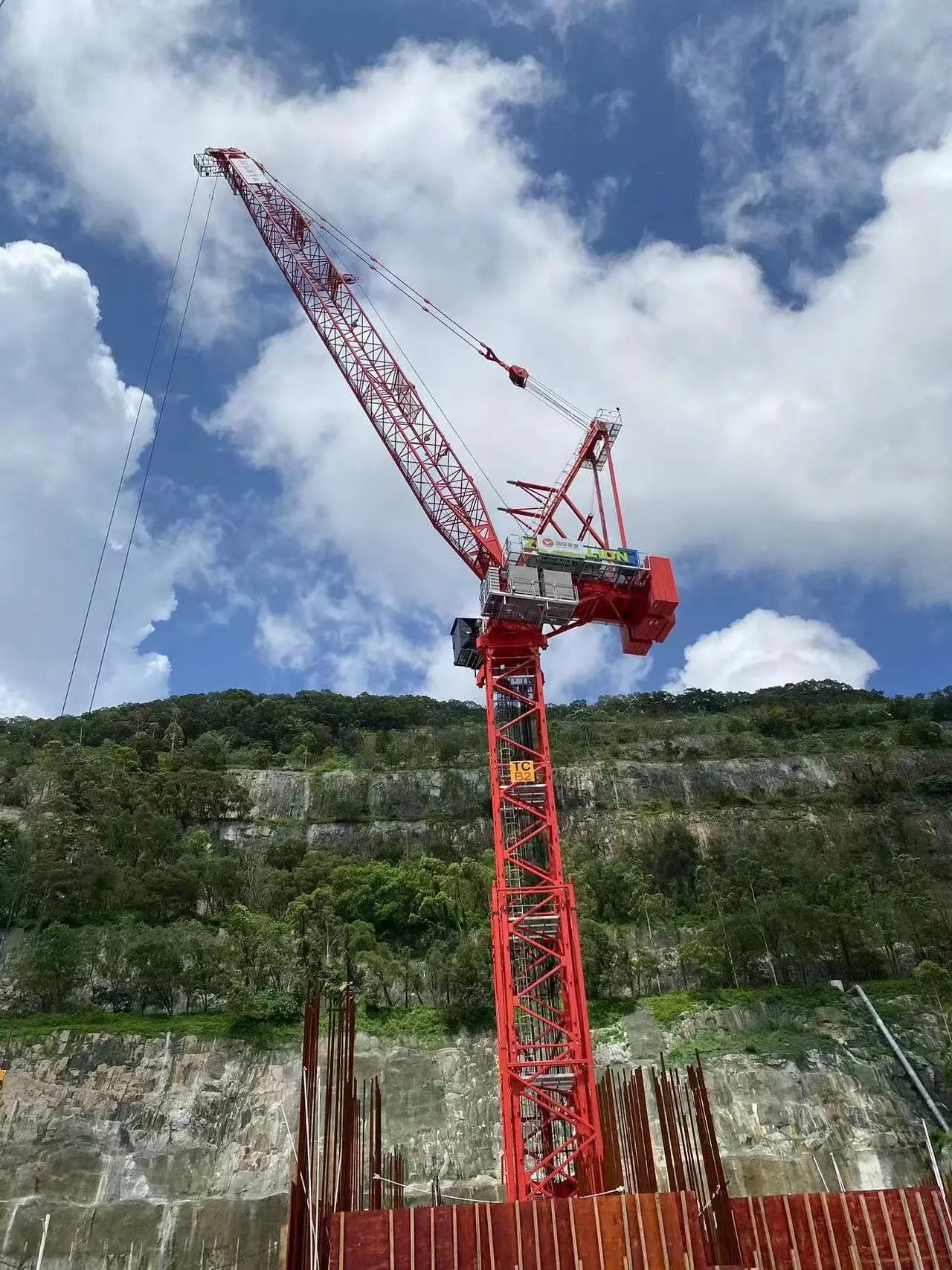
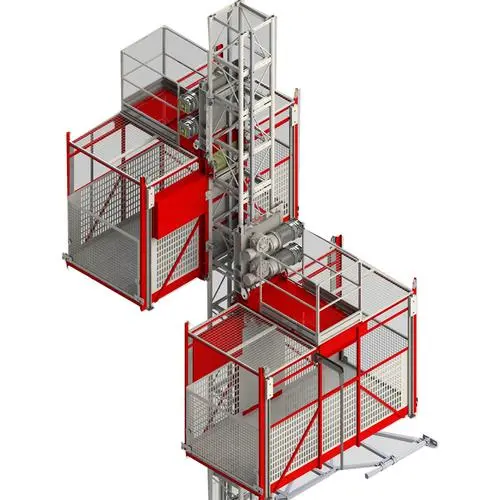
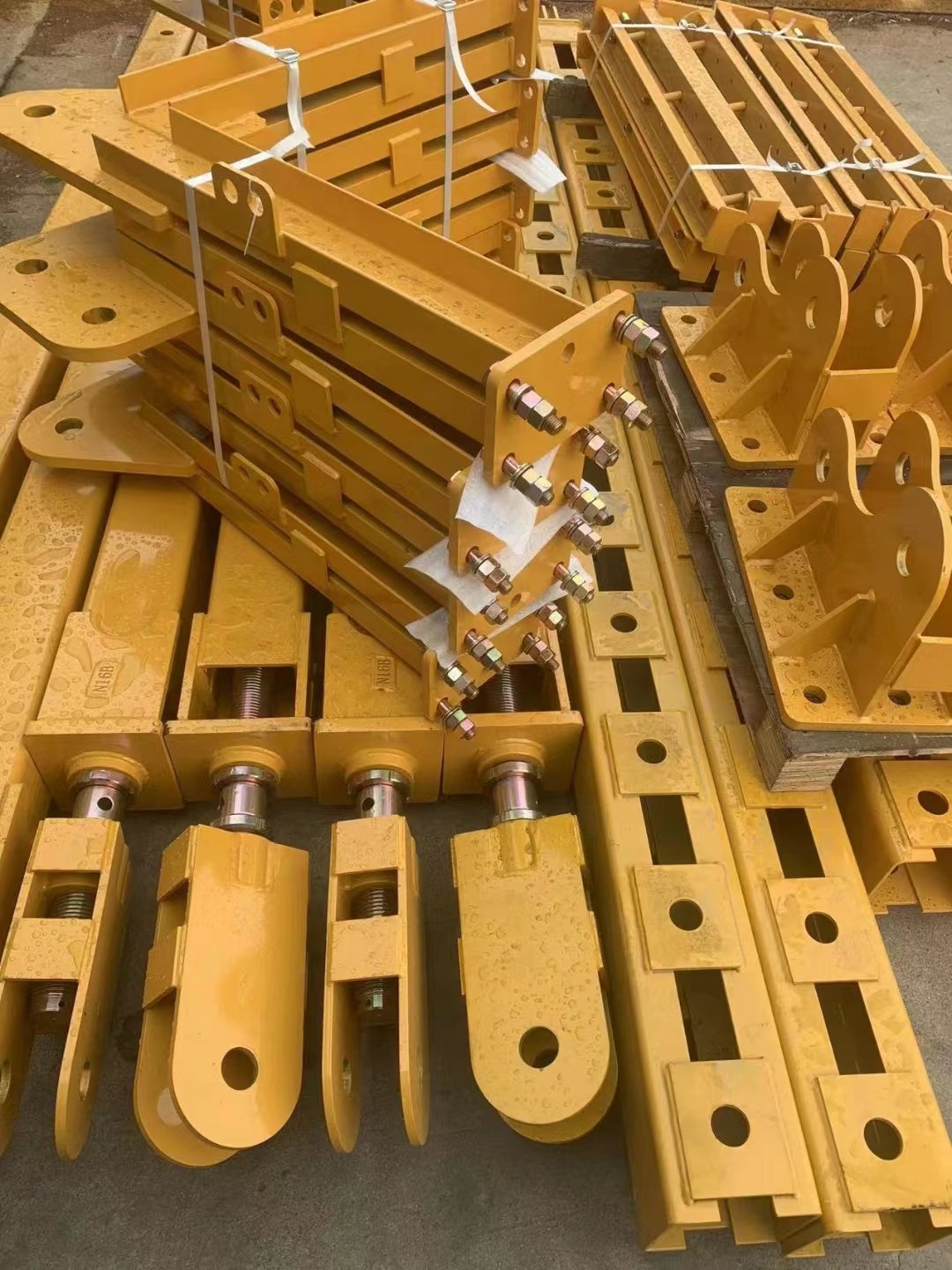

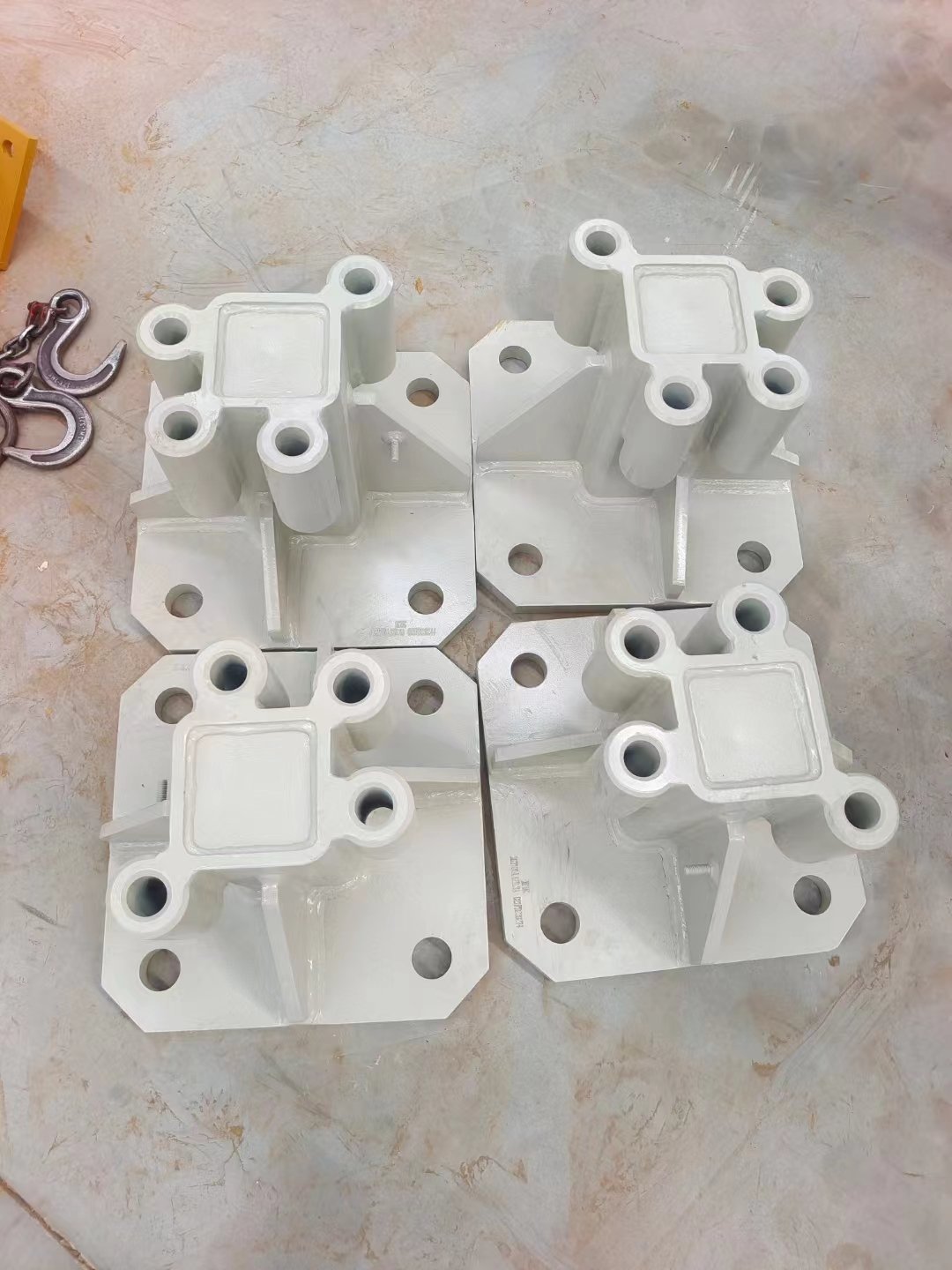


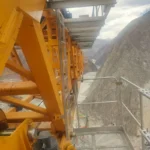
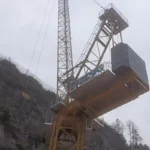
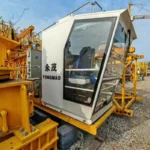
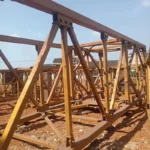











1首图.jpg)